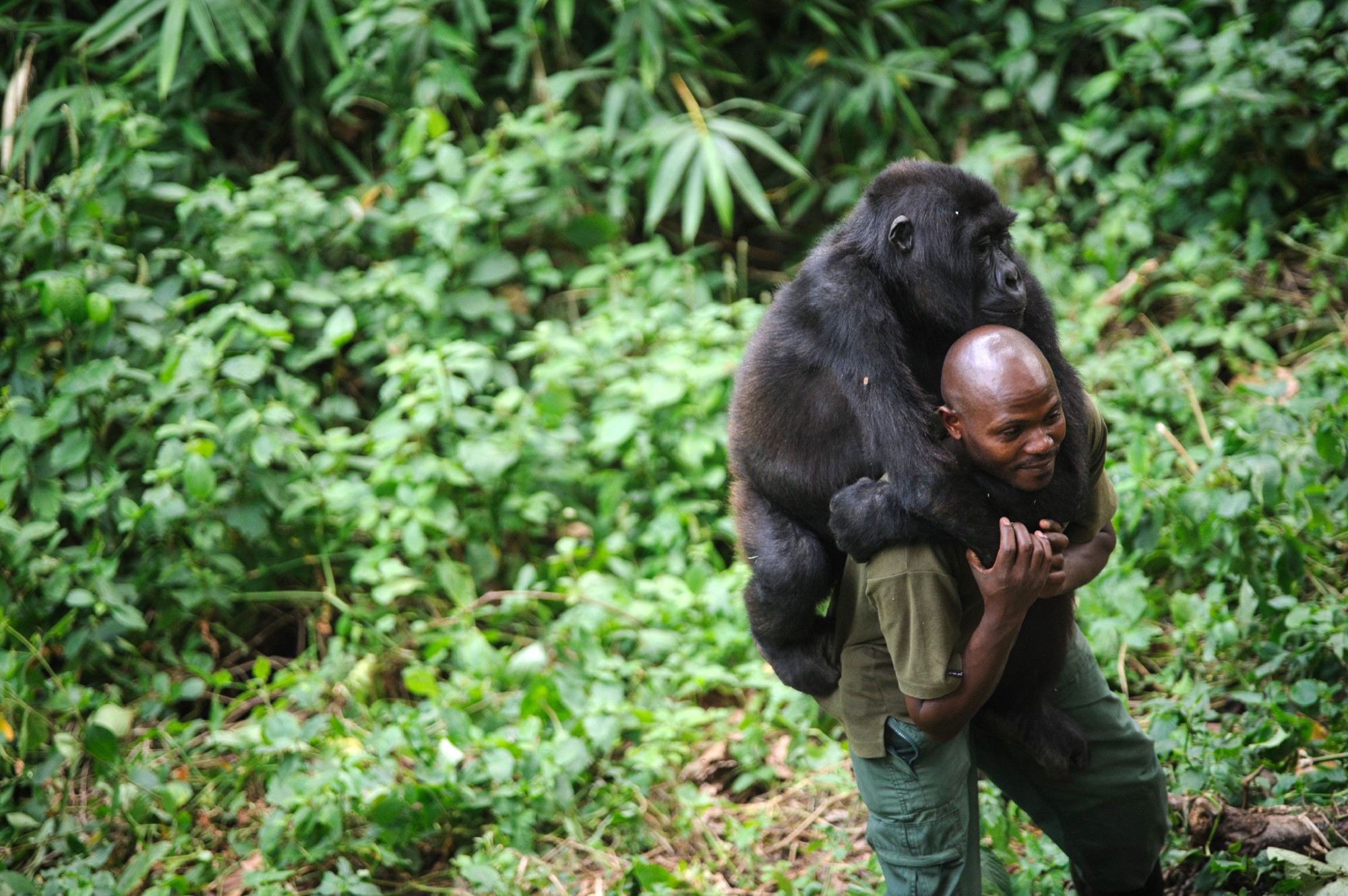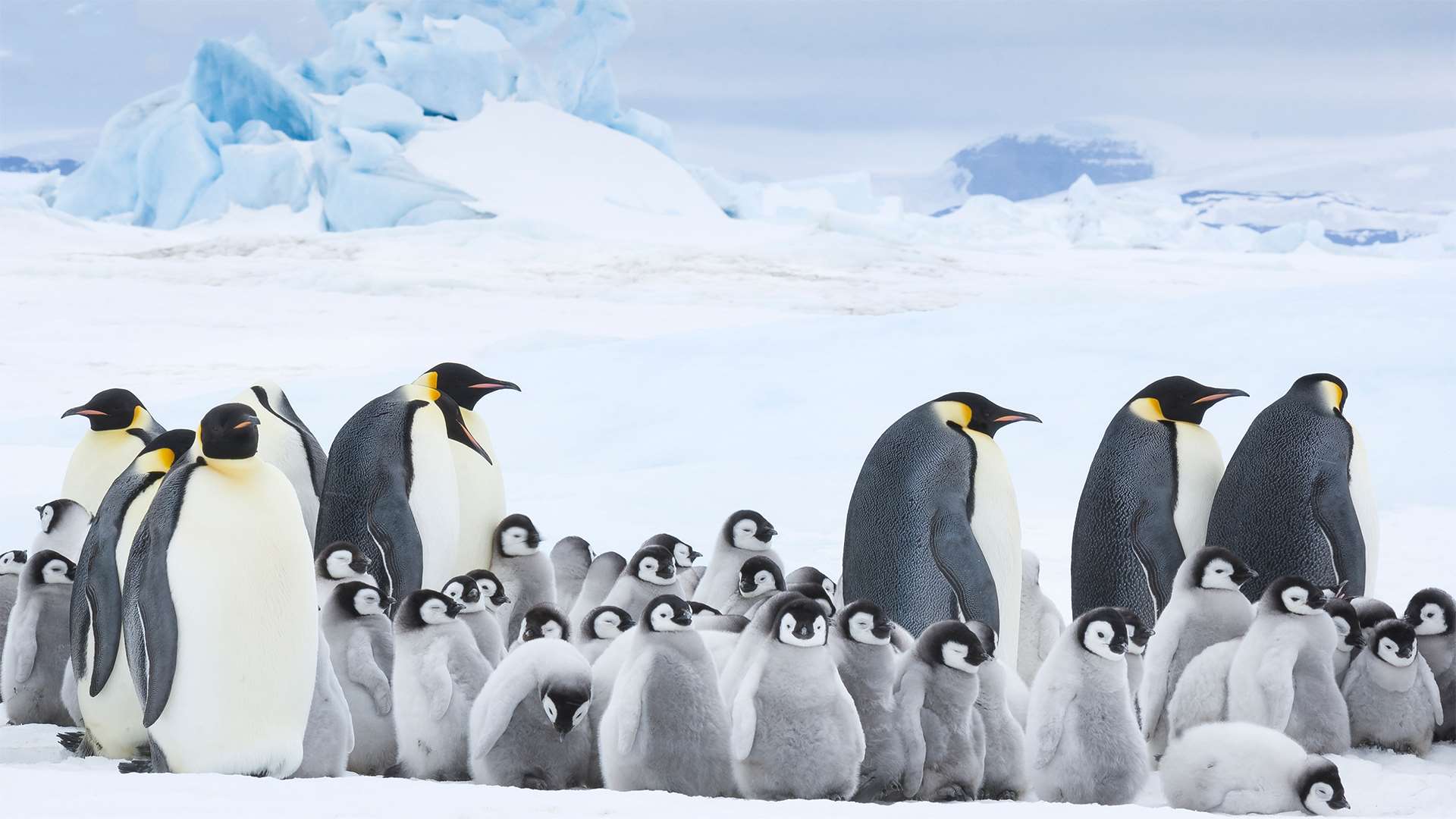“When I was young, and dinosaurs ruled the Earth” is an expression often employed by a grandparent, an elderly professor or an ancient naturalist who delights in the prehistoric nature of his or her childhood and cracks far too many jokes about being practically fossilized. When I was young, however, the dinosaurs were long-gone, and I learned the definition of extinction in conjunction with long-deceased animals such as Dodos and Wooly Mammoths.
Now, the year is 2018, and extinction plays a new, villainous role. The inventive land animal, Homo sapiens, have spread to every corner of the globe, reproduced at an unprecedented rate and altered the entire climate and chemistry of the planet. Some species are able to adapt to this transformation by migrating, but many others die. Extinction at this catastrophic scale has occurred in only five other isolated incidents in the history of this planet. Earth is currently experiencing the Sixth Extinction.
The receding diversity of global life is preserved in these various documentaries along with virtuous, desperate fights to slow the planet’s sixth mass extinction. While it may seem like there is an abundance of nature features and environmental films highlighting endangered species, this genre is quickly approaching a premature end. Appreciate these paragons of impactful and rather nostalgic naturalist documentaries, for they may be some of the last ever made.
1. “March of the Penguins”
You may think that your struggle is real, but penguins have probably got it worse. “March of the Penguins” chronicles the epic journey of the emperor penguins from the sea to their breeding grounds and their consequent crusade to foster life on the unforgiving Antarctic continent.
The film is a story of failure, success and intrigue. Parents perish during hunts for food; chicks are killed by weather and predatory birds; mother penguins lose their young and venture to steal other chicks, while weak fledglings and rare albinos are bullied ruthlessly.
The exploration of penguin society not only rendered “March of the Penguins” an immediate naturalist classic, but also attracted a great deal of political and social commentary following its release in 2005, as many critics considered the penguins anthropomorphically and compared their values and behaviors with those of humans. The following public discourse, which proved neither favorable to penguins nor humans, eventually led director Luc Jacquet to comment that projecting human constructs onto another species is unfair and usually faulty; ultimately, one must let penguins be penguins and humans be humans.
While “March of the Penguins” does not emphasize the peril of the species’ survival, the sequel “March of the Penguins 2: The Next Step” touches upon climate change more directly. Due to melting sea ice, emperor penguins will likely disappear by the end of this century.
Threats of global warming and instances of kidnapping, ostracism and mortality aside, “March of the Penguins” tells a story that can make you feel warm and cozy inside, provided you snuggle under a blanket and sip hot tea to counter the frigid Antarctic footage.
2. “Virunga”
Virunga National Park, Africa’s oldest national park, is one of the most biologically diverse areas on the planet and the only home to the critically endangered mountain gorillas. In 2012, a Congolese rebel group called M23 sparked conflict, threatening the lives of everyone in the area, gorillas included. Meanwhile, Soco International, an international oil company, pursued controversial exploration for oil in the region.
“Virunga” documents this extended battle. The film focuses on four figures fighting for the world’s last mountain gorillas: gorilla caregiver André Bauma, sector warden Rodigue Mugaruka Katembo, chief warden Emmanuel de Merode and investigative journalist Mélanie Gouby.
The gorillas themselves are the real VIPs — very important primates — of “Virunga.” The relationships between the keeper and his orphan gorilla charges exemplifies the better side of humanity and the possibility for positive interspecies communication.

Unfortunately, the film’s positive ending and significant impact is clouded by the fact that Virunga National Park’s battle is far from won. Soco has stalled efforts to extract oil from the area surrendered, but have not been effectively eliminated, while civil strife remains — the chief warden was shot by unidentified militia near Virunga just days before the film premiered.
Ideally, the park could bring significant economic benefit, stability and peace to the region through tourism, but that future is distant. Increasingly frequent incidents of violence forced the park to completely close to tourism until 2019.
3. “Chasing Coral”
Coral reefs naturally serve as the home for over 25 percent of all marine life, but after years of climate change that is no longer the case. Rising ocean temperatures have caused a phenomenon known as coral bleaching, in which normally vibrant coral first turns an eccentric fluorescent blue, purple or green and then becomes bright white as its life ends and only the skeleton remains.
Under the waves and out of sight shouldn’t mean out of mind. “Chasing Coral,” employs the most basic form of proof — visual — to document this process, and accompanies the increasingly depressing evidence with a scientific breakdown of the biology of coral and the bleaching phenomenon. As in his award-winning 2012 documentary “Chasing Ice,” Director Jeff Orlowski uses time-lapse technology to document the unprecedented changes in the environment.
Watching the film crew come to terms with the death of the reef is the most heartbreaking part of “Chasing Coral.” At the beginning, the team is merely frustrated by the mystery of coral bleaching; by the end of the problematic project, which ultimately requires team members to dive down daily and manually photograph the changes, they are devastated by the dramatic loss of life they have witnessed in just a short period of time.
Sure, you can call a team member’s tears exaggerated drama for the sake of the film, but watching the final time-lapses of the coral bleaching is enough to make any naturalist, or any empathetic individual, cry.
4. “The Ivory Game”
Ivory, the white gold of the black market, costs $1,500 per pound and an elephant’s life. In “The Ivory Game,” directors Keif Davidson and Richard Ladkani go undercover for 16 months to expose several smuggling schemes and comment upon the corruption and greed at the heart of the global ivory trafficking crisis.
The film opens dramatically in Tanzania, where officers attempt to finally arrest Shetani, a notorious poacher responsible for the deaths of over 10,000 elephants. Later, in China, investigators attempt to surreptitiously collect evidence of the importation and sale of ivory, exposing loopholes that allow dealers to access more ivory than licenses allow through the boastful words of the dealers themselves.
The atrocities documented by “The Ivory Game” are gut-wrenching to see if you identify as any form of naturalist, even (especially) if you are just one at heart. Elephants are intelligent and emotional creatures distinguished by their long-term memories, complex social structure and strong family values. An elephant’s death is devastating to its entire community.
If governments do not take action now, and possibly even if they do, African elephants may go extinct within the next 15 years.
5. “Polar Bear: Spy on the Ice”
Sir David Attenborough’s hidden cameras, David Tennant’s witty narration and several perspicacious polar bears is a recipe for entertaining, authentic eye candy. “Polar Bear: Spy on the Ice” uses well-camouflaged, mobile cameras to establish a unique, personal view into the lives of polar bears.
The feature is funny, pure and simple. Cameras die noble deaths on the job — Blizzard Cam, for example, is programmed to retreat from an approaching polar bear, but becomes unexpectedly frozen to the ice. The curious bear sets it free and proceeds to play with the device. The camera makes a break for it and employs Snowball Cam as a decoy, which Polar Bear promptly smashes in two. Snowball keeps filming valiantly until the very end.
“Polar Bear: Spy on the Ice” is distinctly less heavy than other films featuring gravely endangered species and serves as less of a fight and more of a walk in the (Arctic) park to provide just the right amount of emotional relief for an increasingly despondent naturalist. Still, just because the film dances delicately around the bleak future for polar bears doesn’t mean viewers should allow themselves to forget that polar bear numbers will be cut by as much as two-thirds by 2050.

















